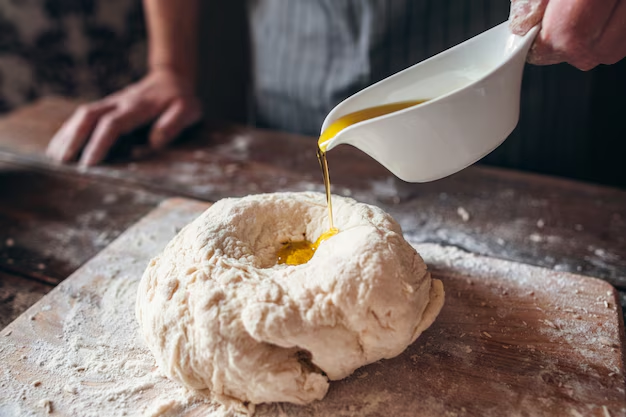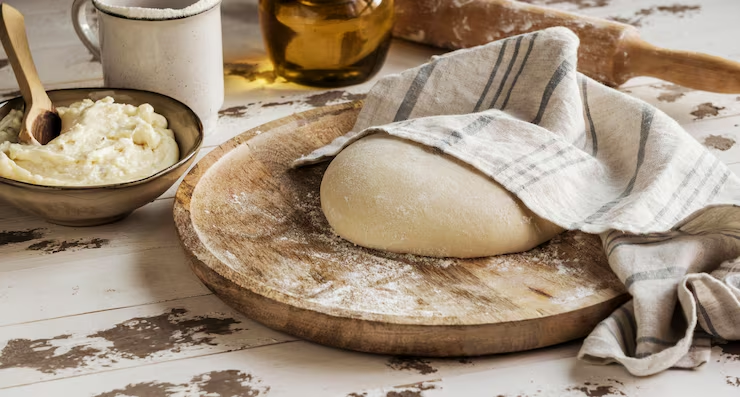Join WhatsApp
Join NowHow to Keep Roti Soft: There is a unique kind of disappointment reserved for lunchtime. You’ve worked hard all morning, and you finally open your lunch box, anticipating the comforting taste of a homemade meal. But instead of the soft, pillowy rotis you packed, you’re met with tough, chewy, or sadly stiff discs of flatbread. It’s a universal tragedy for anyone who loves Indian food, whether you’re packing a tiffin for your child in India, a work lunch in the USA, or a comforting meal in the UK.
The love and effort that go into making fresh rotis deserve to be enjoyed in all their glory, even hours later. The good news is, you don’t need any magic tricks or fancy gadgets to achieve this. The secret to keeping your chapatis perfectly soft and fresh lies in a few shockingly simple techniques, passed down through generations and perfected by home cooks everywhere. Say goodbye to unappetizing lunches and hello to rotis that taste like they just came off the tawa.
The 5 Golden Rules for Perfectly Soft Lunchbox Rotis
Mastering the art of the ever-soft roti is easier than you think. By making small adjustments to how you prepare, cook, and pack your Indian flatbread, you can completely transform your midday meal.

1. The Secret is in the Dough: Add a Touch of Fat or Dairy
The foundation of a soft roti is, without a doubt, a soft and pliable dough. Before you even think about the rolling pin, the secret starts with your ingredients. When kneading your whole wheat flour (atta), incorporate a teaspoon of ghee (clarified butter) or oil, or a few tablespoons of warm milk instead of just water.
-
Why it works: The fat from the oil, ghee, or milk works as a tenderizer. It coats the gluten strands in the flour, preventing them from becoming too tough and elastic. This simple addition ensures the dough retains more moisture, resulting in rotis that are inherently softer and stay that way for much longer.

2. Give Your Dough a Break: The Power of Resting
Patience is a virtue, especially in the kitchen. Once you’ve finished kneading your dough into a smooth, supple ball, don’t immediately start rolling. Cover it with a damp cotton cloth or a lid and let it rest for at least 20-30 minutes.
-
Why it works: This resting period allows the gluten in the flour to relax. A relaxed dough is more elastic and significantly easier to roll out evenly without resistance. This process not only makes your job easier but also helps the rotis puff up beautifully on the heat. A perfectly puffed roti traps steam inside, which is a key factor in keeping it soft and moist for hours.
3. The Perfect Cook: Harness the Power of High Heat
The way you cook your roti is just as crucial as how you prepare the dough. Before placing your first roti on the tawa (or griddle), ensure it is properly preheated over a medium-high flame. A lukewarm pan will only dry out your rotis.
-
Why it works: A hot tawa cooks the roti quickly. When the roti hits the hot surface, it puffs up almost instantly, trapping hot steam inside. This internal steam cooks the chapati from the inside out, keeping it wonderfully soft. Cook each side just until light golden-brown spots appear. Overcooking is your enemy—it will draw out all the precious moisture and leave you with a crispy, hard disc.
4. The Essential Step: Wrap Them in Cotton’s Embrace
Never, ever let your hot rotis sit out in the open. As soon as they come off the flame, stack them up and immediately wrap the entire stack in a clean, dry cotton cloth or kitchen towel.
-
Why it works: This is arguably the most effective trick in the book. The cotton cloth is a master of moisture management. It absorbs the excess steam coming off the hot rotis (which prevents them from becoming soggy) while trapping just enough residual heat and moisture to keep the entire stack warm and incredibly soft. It creates the perfect, humid environment for your rotis to rest in.
5. Lock in the Freshness: The Final Airtight Seal
Once your stack of rotis is cozily wrapped in its cotton blanket, the final step is to place the entire bundle into an insulated, airtight container.
-
Why it works: The cotton cloth manages the immediate environment, but the airtight container protects your rotis from the outside air, which is their ultimate enemy. Storing them in an open container, a paper bag, or foil that isn’t perfectly sealed will allow the moisture to escape, slowly drying them out. The airtight container locks in the perfect conditions you created, ensuring that when you open your lunch box at noon, you’re greeted with soft, fresh, and delicious rotis every single time.

















